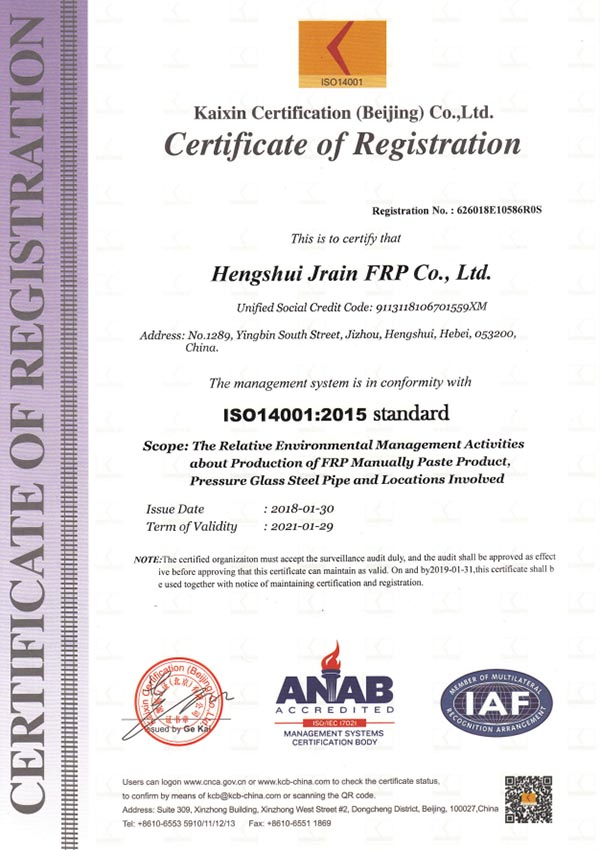
-
 Afrikaans
Afrikaans -
 Albanian
Albanian -
 Amharic
Amharic -
 Arabic
Arabic -
 Armenian
Armenian -
 Azerbaijani
Azerbaijani -
 Basque
Basque -
 Belarusian
Belarusian -
 Bengali
Bengali -
 Bosnian
Bosnian -
 Bulgarian
Bulgarian -
 Catalan
Catalan -
 Cebuano
Cebuano -
 China
China -
 China (Taiwan)
China (Taiwan) -
 Corsican
Corsican -
 Croatian
Croatian -
 Czech
Czech -
 Danish
Danish -
 Dutch
Dutch -
 English
English -
 Esperanto
Esperanto -
 Estonian
Estonian -
 Finnish
Finnish -
 French
French -
 Frisian
Frisian -
 Galician
Galician -
 Georgian
Georgian -
 German
German -
 Greek
Greek -
 Gujarati
Gujarati -
 Haitian Creole
Haitian Creole -
 hausa
hausa -
 hawaiian
hawaiian -
 Hebrew
Hebrew -
 Hindi
Hindi -
 Miao
Miao -
 Hungarian
Hungarian -
 Icelandic
Icelandic -
 igbo
igbo -
 Indonesian
Indonesian -
 irish
irish -
 Italian
Italian -
 Japanese
Japanese -
 Javanese
Javanese -
 Kannada
Kannada -
 kazakh
kazakh -
 Khmer
Khmer -
 Rwandese
Rwandese -
 Korean
Korean -
 Kurdish
Kurdish -
 Kyrgyz
Kyrgyz -
 Lao
Lao -
 Latin
Latin -
 Latvian
Latvian -
 Lithuanian
Lithuanian -
 Luxembourgish
Luxembourgish -
 Macedonian
Macedonian -
 Malgashi
Malgashi -
 Malay
Malay -
 Malayalam
Malayalam -
 Maltese
Maltese -
 Maori
Maori -
 Marathi
Marathi -
 Mongolian
Mongolian -
 Myanmar
Myanmar -
 Nepali
Nepali -
 Norwegian
Norwegian -
 Norwegian
Norwegian -
 Occitan
Occitan -
 Pashto
Pashto -
 Persian
Persian -
 Polish
Polish -
 Portuguese
Portuguese -
 Punjabi
Punjabi -
 Romanian
Romanian -
 Russian
Russian -
 Samoan
Samoan -
 Scottish Gaelic
Scottish Gaelic -
 Serbian
Serbian -
 Sesotho
Sesotho -
 Shona
Shona -
 Sindhi
Sindhi -
 Sinhala
Sinhala -
 Slovak
Slovak -
 Slovenian
Slovenian -
 Somali
Somali -
 Spanish
Spanish -
 Sundanese
Sundanese -
 Swahili
Swahili -
 Swedish
Swedish -
 Tagalog
Tagalog -
 Tajik
Tajik -
 Tamil
Tamil -
 Tatar
Tatar -
 Telugu
Telugu -
 Thai
Thai -
 Turkish
Turkish -
 Turkmen
Turkmen -
 Ukrainian
Ukrainian -
 Urdu
Urdu -
 Uighur
Uighur -
 Uzbek
Uzbek -
 Vietnamese
Vietnamese -
 Welsh
Welsh -
 Bantu
Bantu -
 Yiddish
Yiddish -
 Yoruba
Yoruba -
 Zulu
Zulu
GRP Fan - High-Performance Cooling Solutions
Understanding GRP Fan An Essential Component in Modern Industry
In the ever-evolving landscape of industrial technology, the GRP (Glass Reinforced Plastic) fan has emerged as a vital component across various sectors. Its robust design, lightweight nature, and exceptional durability make it a preferred choice for many applications, ranging from ventilation systems to cooling solutions.
GRP fans are primarily constructed from a composite material consisting of glass fibers and resin, which confers several benefits over traditional materials like metals. One of the most significant advantages of using GRP is its resistance to corrosion. This characteristic is especially critical in industries where the environment is harsh, such as chemical processing plants, wastewater treatment facilities, and even food processing units. The ability of GRP fans to withstand corrosive elements ensures longevity and reduces the need for frequent replacements and maintenance, thus lowering operational costs.
.
In terms of performance, GRP fans are designed to deliver high efficiency. Their aerodynamic shape enables optimal air movement, ensuring that they can handle significant airflow with minimal energy consumption. This efficiency not only contributes to lower utility bills but also aligns with global sustainability efforts, as energy conservation becomes increasingly important in the face of climate change.
grp fan

Another critical aspect of GRP fans is their versatility. They can be tailored to meet specific requirements, including varying sizes, shapes, and performance levels. This adaptability makes GRP fans suitable for a wide range of applications, from industrial settings to commercial buildings. In HVAC systems, for example, GRP fans are commonly used to maintain indoor air quality and regulate temperature, emphasizing their importance in contemporary infrastructure.
Additionally, GRP fans operate quietly, which is an essential consideration in environments where noise reduction is a priority. This feature makes them particularly suitable for residential and hospitality applications, where comfort is paramount.
While GRP fans boast numerous advantages, it is crucial for industries to ensure proper selection and installation. Factors such as the environment in which the fan will operate, the specific airflow requirements, and the potential for wear and tear should be taken into account. Collaborating with experienced manufacturers or consultants can help businesses make informed decisions to maximize the benefits of GRP fans.
In conclusion, the GRP fan represents a significant advancement in fan technology, offering a combination of strength, efficiency, and customization. As industries seek ways to improve operations while reducing costs and environmental impacts, the role of GRP fans will undoubtedly continue to expand. Their contribution to creating safer, more efficient work environments underscores the importance of innovative materials in achieving modern engineering solutions.









